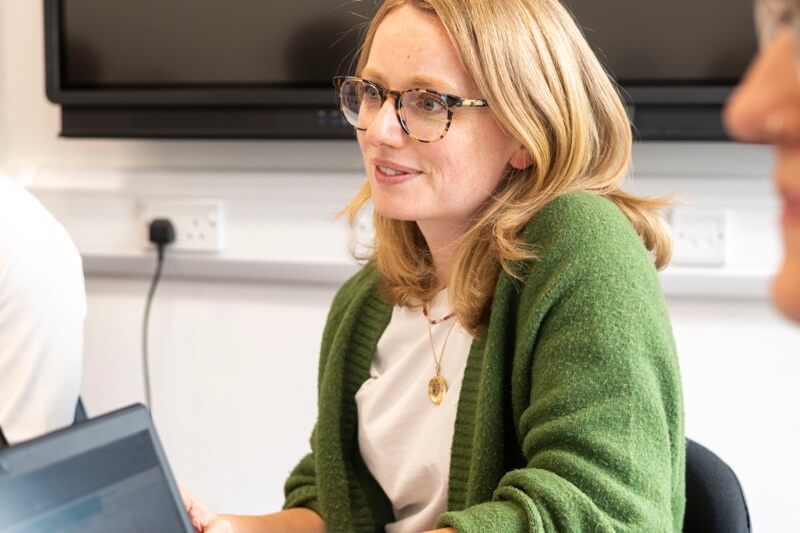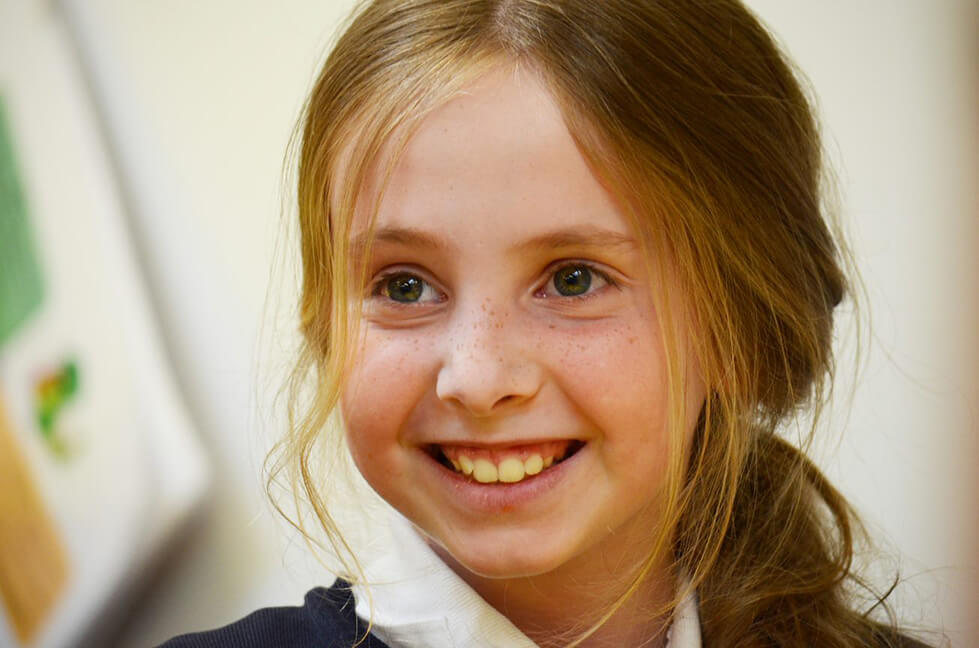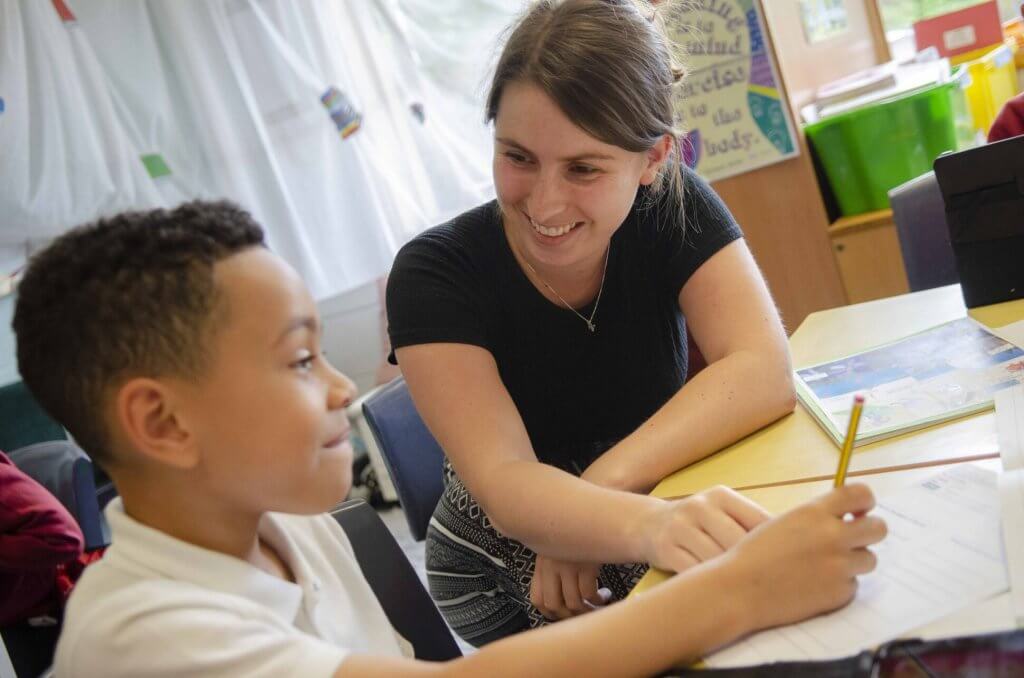The Department for Education reveals error in school funding calculations
This week, the Department for Education (DfE) revealed it had made a mistake in its calculations for school funding allocations for 2024-25. Due to a technical error, the number of pupils had been underestimated. This means that the original plan of a 2.7% increase per pupil in England has now been revised to 1.9%. The government has subsequently ordered an inquiry.
Funding plans for 2024-25 were first revealed in July this year. They indicated that every primary school would receive at least £4,655 per pupil, and every secondary at least £6,050 per pupil. However, now the figures have been revised, the minimum per pupil funding levels stand at £4,610 for primaries and £5,995 for secondaries.
Susan Acland-Hood, Permanent Secretary for the DfE, has written to the Chair of the Education Select Committee to explain ‘the recalculation of funding does not affect the total amount we plan to spend in the Core Schools Budget in 2024-25 […] it will remain at £59.6bn.’
In order to deliver the 2.7% increase per pupil that was originally promised, the government would have to provide another £370 million to the budget. General secretaries of the National Education Union (NEU), Association of School and College Leaders (ASCL), NASUWT and NAHT have written to the Education Secretary, calling on the government to restore the original per-pupil funding allocations. They argue that ‘schools are already having difficulty balancing their books; some will now face the very real prospect of cuts to provision.’
Highest-ever attainment gap for 5-year-olds with additional needs
The Education Policy Institute (EPI) has published the first instalment of its Annual Report on the state of education in England, focusing on the attainment gap between disadvantaged pupils and their peers up to the end of secondary school. Their findings reveal the highest-ever attainment gap for 5-year-olds with special education needs and disabilities (SEND), who were over a year behind their peers.
Meanwhile, the attainment gap had narrowed for older pupils receiving SEND support. For example, the gap amongst 16-year-olds with SEND is almost six months smaller than in 2011. With this in mind, researchers call for more effective support for younger children with SEND. This includes the need for early identification, such as ‘a thorough screening check during reception year.’
Researchers also highlight other factors affecting attainment, including poverty and pupil absence. The report found the attainment gap had widened for disadvantaged pupils in every key stage since 2019. Furthermore, findings showed that white British pupils had fallen further behind higher-attaining ethnic groups, whilst lower-attaining ethnic groups had generally narrowed the gap – with the exception of White and Black Caribbean pupils.
To tackle the attainment gap, researchers emphasise the need for a cross-government child poverty strategy ‘which recognises that the social determinants of educational inequalities – such as poverty, housing, healthcare, transport and many other aspects of daily life – cannot be addressed by schools in isolation.’ Furthermore, researchers urge the government to develop an understanding of why the attainment of some ethnic groups has been more adversely impacted by the pandemic than others, including the roles of poverty and pupil absence which are known to vary by ethnicity.
The rate of school absence continues to rise
Despite ambitions to boost attendance, data shows that the absence rate has already peaked above the levels seen this time last year. For the week commencing 25 September 2023, the absence rate in primary schools was 5.2%, whilst secondary schools saw an absence rate of 8.8%. This marks an increase from the levels seen in 2022, which stood at 4.9% in primary schools and 8.4% in secondaries.
The most common reason for absence was illness, in line with seasonal trends. It is understood that the rate of people testing positive for Covid has been rising since July. At the start of term, Professor Chris Whitty, Chief Medical Officer, and other medical leaders wrote a joint letter to school heads, emphasising the need for pupils to attend school if they only experience the mild symptoms of a cold, such as ‘a minor cough, runny nose or sore throat.’ It was hoped this would help parents feel more confident when assessing whether their child was well enough to go to school.
The second biggest reason for absence at secondary school was “unauthorised other absence,” meaning absence that has not been approved by the school, but not due to lateness or holiday. In their letter, medical leaders also referred to the rising trend of anxiety-based school avoidance. They wrote that mild or moderate anxiety ‘can be a normal part of growing up for many children and young people. Being in school can often help alleviate the underlying issues.’
Last month, a landmark study found there had been a shift in parental attitudes to the idea of full-time school attendance in the aftermath of the pandemic. Speaking at the Confederation of School Trusts (CST) annual conference, Chief Executive Leora Cruddas reiterated that a decline of faith in public institutions meant that schools were struggling to operate in ‘a climate of mistrust.’ She emphasised the need to re-establish the social contract in order to repair the attendance crisis.
—
If you would like support with School Finance, Educational Development, or Pupil Attendance, please don’t hesitate to reach out. Our team of experts are ready to help you navigate the current challenges in the sector and create new opportunities for success.
Let’s work together to ensure each and every child has the best possible start in life.
Please complete the form below and we will get in contact as soon as we can to help you with your query.















